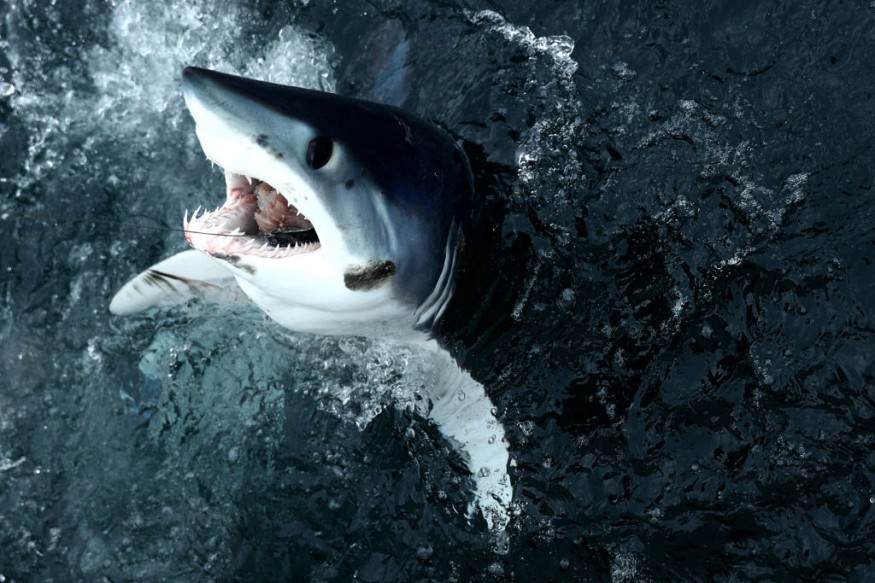A thrashing mako shark was stranded on a beach in southern Brazil over the weekend. The rare incident was captured on video while beachgoers were enjoying the morning hours. The cause of the shark stranding remains unclear at the time of reporting.
Thrashing Mako Shark

Researcher Eloisa Giareta from Rebimar, a marine biodiversity recovery program, confirmed the specimen was a shortfin mako shark, as cited by Metro UK.
A person from Balneario Barra do Sul in Santa Catarina state, Brazil, posted the video on Sunday morning, September 11, according to the UK media outlet.
In the video, the shark can be seen struggling in shallow waters and a man is heard speaking in a foreign language. One individual attempted to push back the shark into deep water but it was too later already, as the shark already stopped moving before the end of the clip.
Also Read: Keep Swimming! This Mako Shark Traveled Through Half of the Earth In Just 600 Days
Mako Shark Sightings
Thrashing mako sharks or stranded mako sharks not only happens in Brazil but also in other parts of the world, including in the United States.
In late May, a 10-feet shark believed by wildlife experts to be a mako shark was seen thrashing on the shore at Long Island beach in New York, where the incident was caught on video, CBS News reports. The thrashing shark was said to be near Point Lookout, located north of the Loop Parkway bridge.
A commercial fisherman initially spotted the shark and notice the marine animal was struggling, prompting him to call the Department of Environmental Conservation for help.
In the succeeding weeks and months, a number of New York coastal beaches will witness temporary closures due to several shark attacks and sighting of various species. Previous reports suggest that climate change and extreme heat force the different shark species to move closer to shore in search for food.
What is a Mako Shark?
The NOAA Fisheries states that mako sharks are classified into two types: the Atlantic shortfin mako shark and the longfin mako sharks. In terms of appearance, the US agency says the latter has longer pectoral finds and larger eyes.
Meanwhile, the former has very pointed snouts and long gill slits. There are also variances in their body size and color.
The fastest living shark in the world is considered to be the shortfin mako shark (Isurus oxyrinchus), according to the Smithsonian Ocean. The mako sharks are found in the waters of tropical and warm temperate regions worldwide. There are instances where they travel into cooler waters.
The Smithsonian institution also said the shark species is very strong and can reach moving speeds of up to 31 miles per hour (50 kilometers per hour) and can bursts to a speed of up to 46 mph. The mobility of these sharks reportedly makes them a prized catch for fishermen during recreational activities.
Commercial fisheries also sought the mako for production of shark fin soup, leather, and oils. There are cases when they are caught unintentionally, according to the institution.
Fishing pressures are some of the reasons that prompted the International Union for the Conservation of Nature (IUCN) to list the shortfin mako shark's status as "vulnerable."
Related Article: Catching Mako Sharks Will be Banned in Atlantic States
© 2025 NatureWorldNews.com All rights reserved. Do not reproduce without permission.





